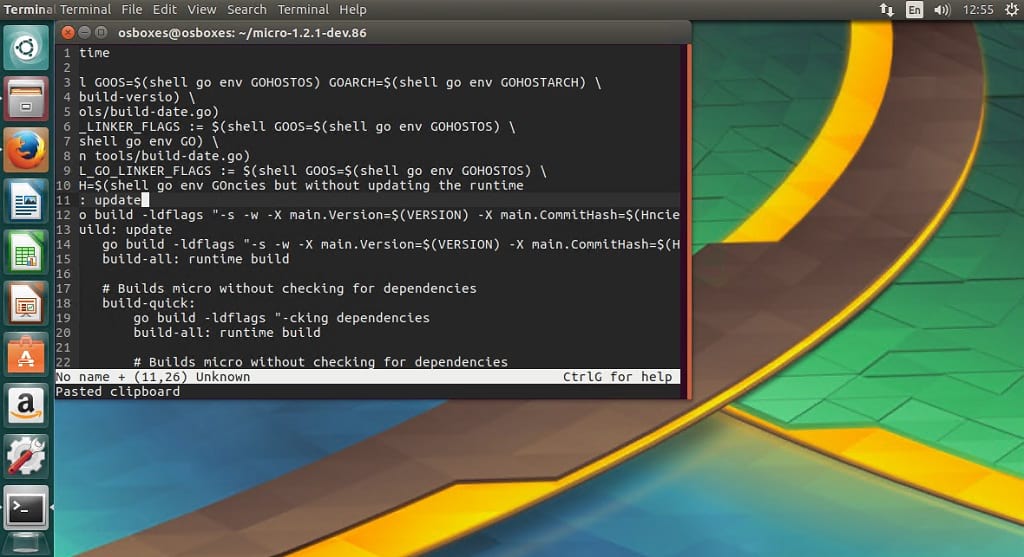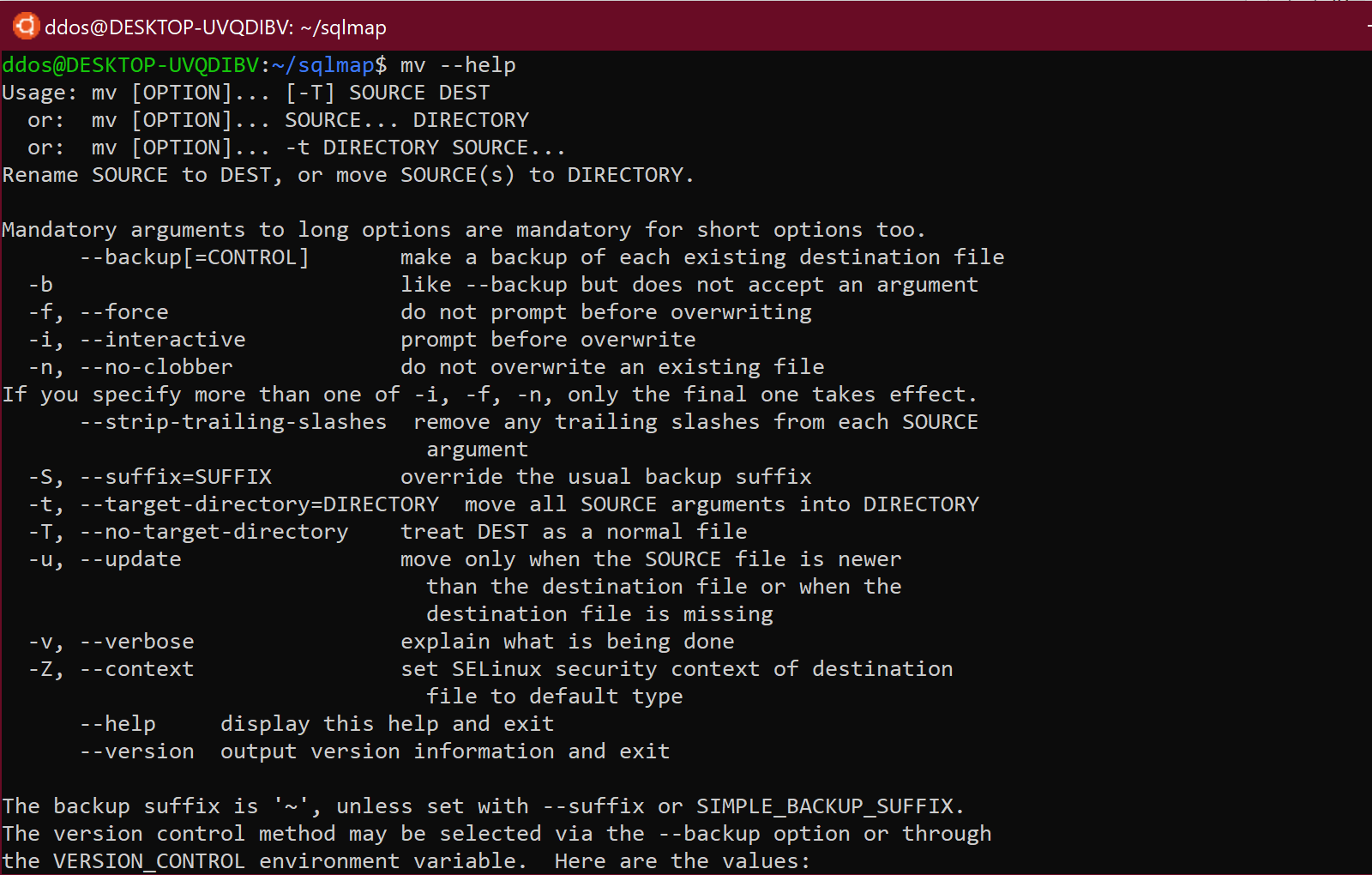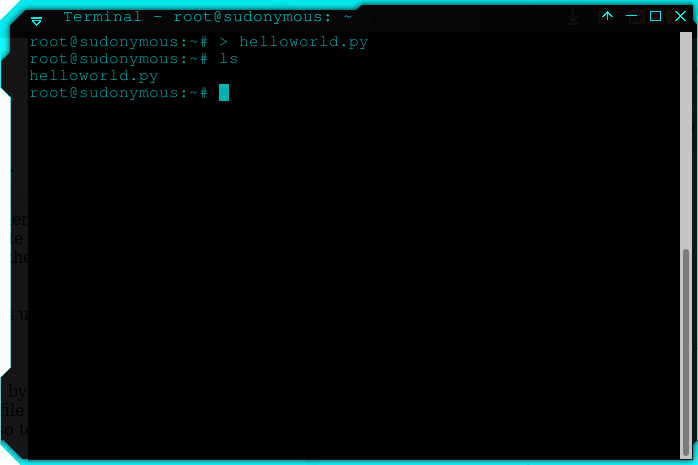

Nothing else, but when you will be used to in using Mac, you will find an excellent outcome.

You can use a different bash script to run your bat file.

O - Open a new line above the current line.o - Open a new line under the current line.p - Paste a line of yanked text below the current line.vim - vim /yourfile.txt nano - nano /yourfile. cat /home/pi/documents/yourfile.txt To edit a python / text file you can use vim or nano commands. This list of shortcuts is by no means exhaustive, but they will enable you to edit files and learn Vi in a short amount of time. To view a python / text file you can use cat command. Feel free to use the common keyboard shortcut list below to help you learn Vi’s extensive vocabulary. The best way to learn Vi is to create a new file and try it out for yourself. This is especially critical when editing system and configuration files. Note: Always make a copy of an existing file prior to editing with Vi or any editor. If you’ve made mistakes along the way while editing and want to back out (abandon) all non-saved changes, enter Command mode by pressing Esc and typing :q! This command quits without saving any changes and exits Vi. Sometimes you’ll have to edit a text file on a system that doesn’t include a friendlier text editor, so knowing Vi is essential. In Vi, write means save, and quit means exit. The other, quicker option is to use the keyboard shortcut ZZ to write and quit. Press Esc to enter Command mode, and then type :wq to write and quit the file. To save a file, you must first be in Command mode. In Vi's Command mode, almost every letter on the keyboard has a function. To return to Command mode, press the Esc key once. In Insert mode, you can enter text, use the Enter key to go to a new line, use the arrow keys to navigate text, and use vi as a free-form text editor. Command mode means you can use keyboard keys to navigate, delete, copy, paste, and do a number of other tasks-except entering text. When you first open a file with Vi, you are in Command mode. The Vi editor has two modes: Command and Insert. Cheat sheet: Old Linux commands and their modern replacements.Linux system administration skills assessment.A guide to installing applications on Linux.Download RHEL 9 at no charge through the Red Hat Developer program.


 0 kommentar(er)
0 kommentar(er)
